Koulouri-Cypriot village bread
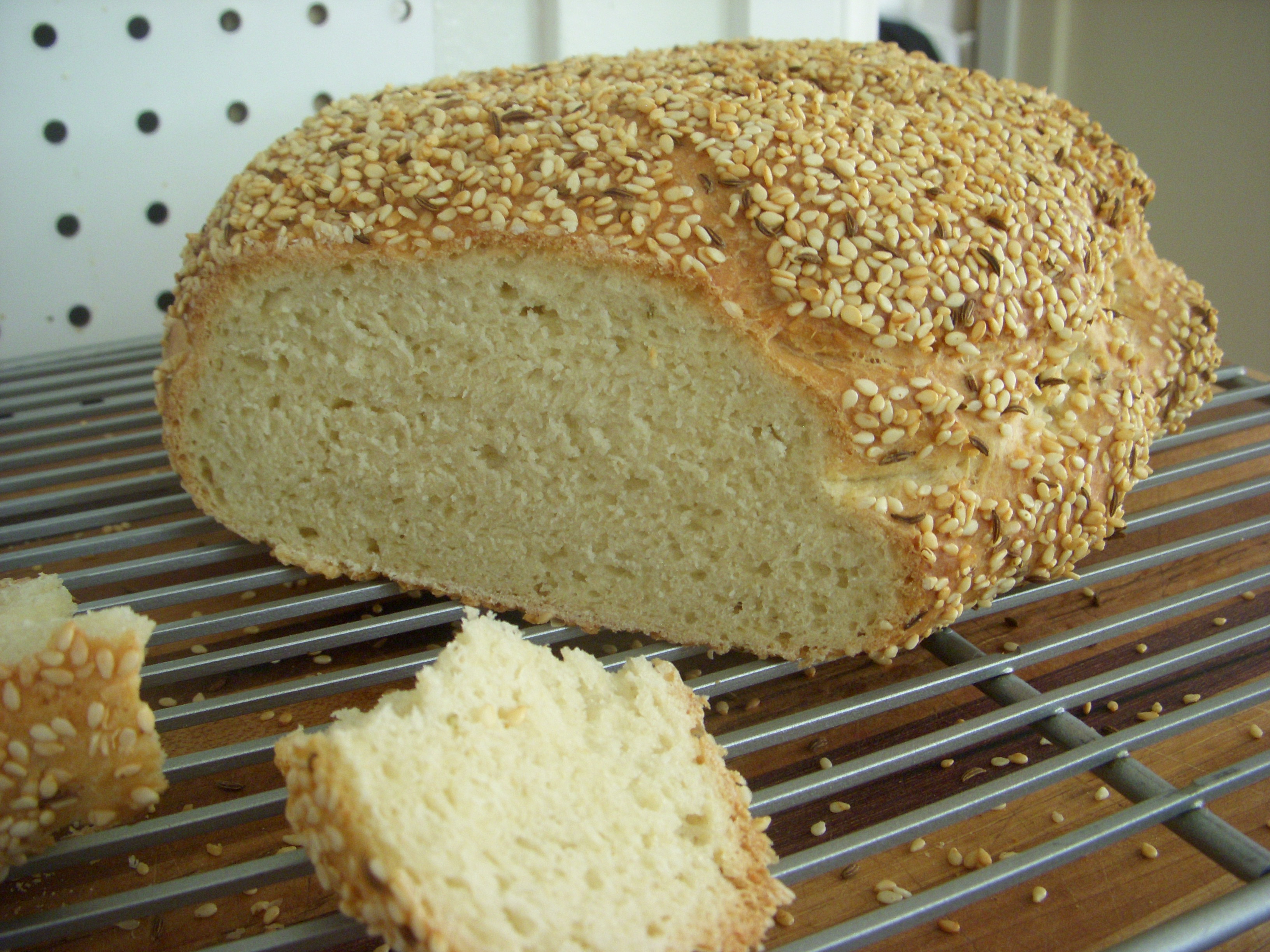
We’ve been pretty busy around here lately – exhaustingly, chaotically busy, to tell you the truth. Cooking has required obnoxiously meticulous planning of shopping and timelines, which can get pretty tiring. But yesterday was more low-key than most days have been and I finally had the luxury of picking up a cookbook and picking something, somewhat at random. In need of some dinner to go with our ham-and-eggs leftovers dinner plans, I picked up for the first time our copy of 100 Great Breads by Paul Hollywood, which I chose out of a bookstore sale bin one day a couple of years ago. You already have a sense of my hesitancy for those types of books, but every book on the shelf deserves a good chance (besides, I’ve got this pesky List to deal with).
This book is full of exotic international bread recipes, and I knew I couldn’t go with a simple ciabatta loaf when there were options like bacon and onion fougasse, brie and basil bread, or Guinness molasses bread (along with a few dozen others I’ve never heard of, like kulich, lavroche, and parantha). Since it was Easter, I decided to go with a Greek/Cypriot bread, of which the book carries a half dozen or so recipes (including one specifically for Easter that includes hard-boiled dyed eggs pressed into the dough before baking).
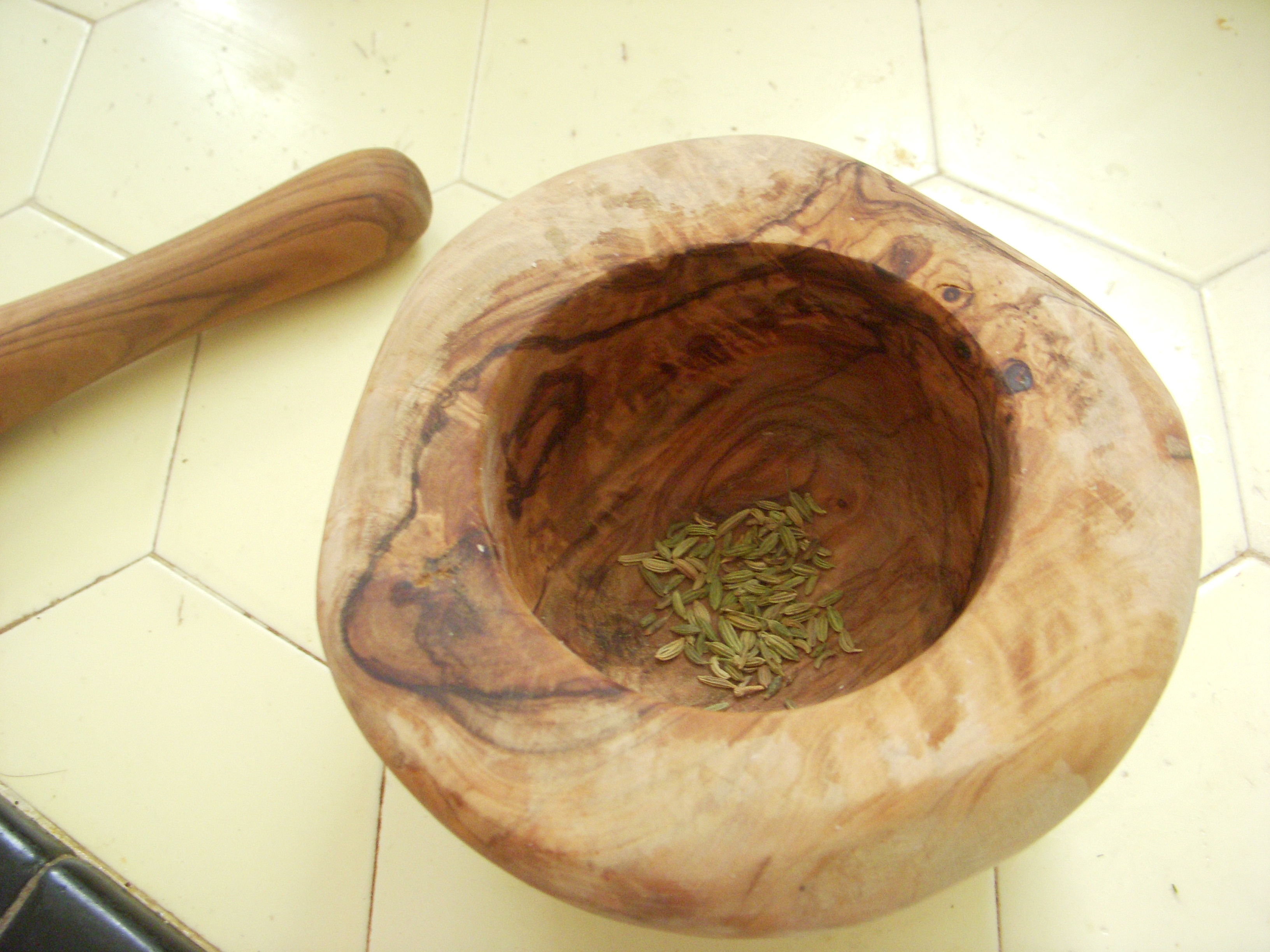
The picture for Koulouri-Cypriot Village Bread drew me in, a beautiful golden-brown boule of white bread crusted with flavorful seeds. The recipe’s first two ingredients – crushed mastika and mechlebe seeds – almost threw me off, but a note assured me that I could instead use common fennel seeds instead.
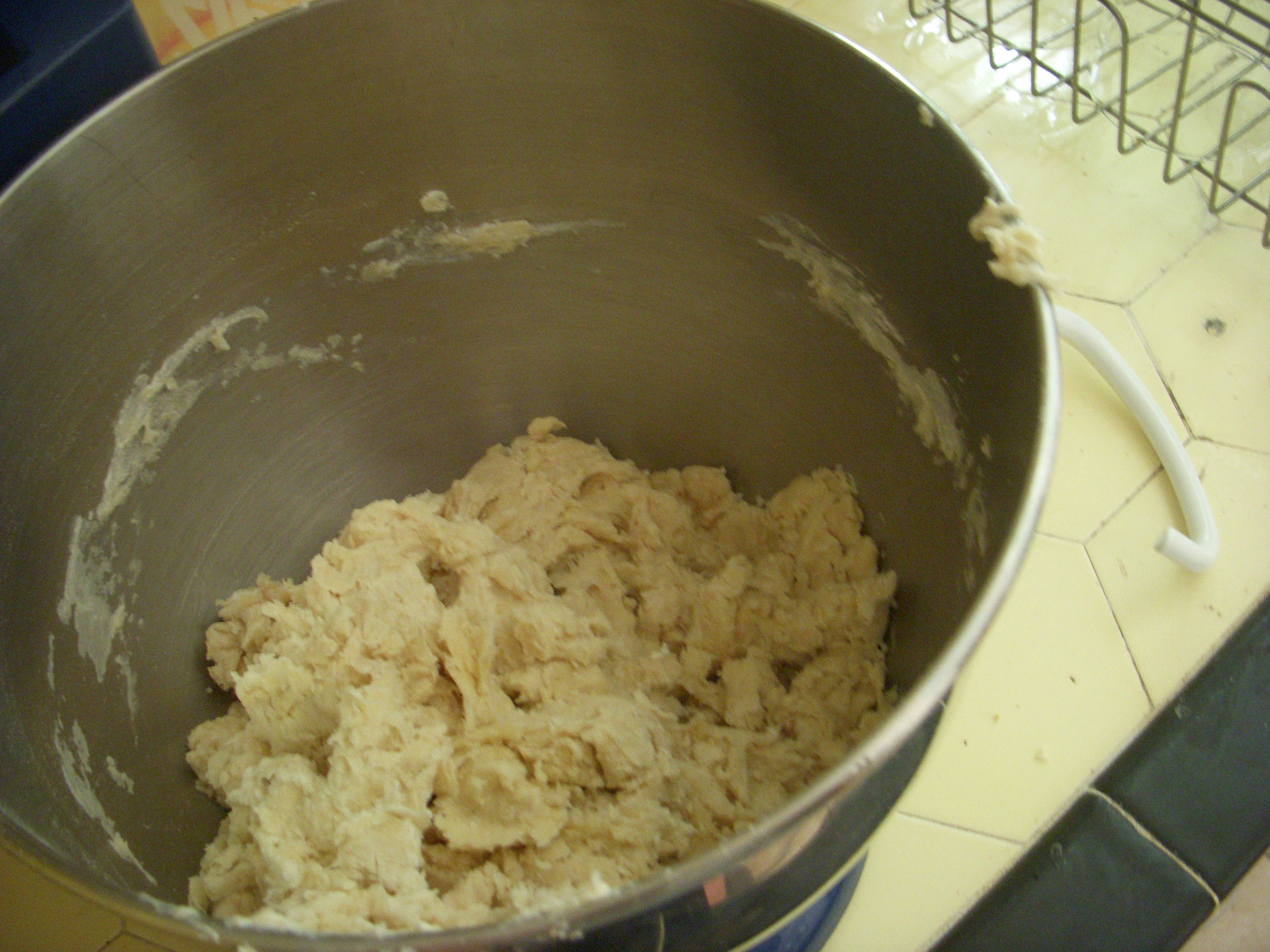
To be honest, 100 Great Breads is not the best for someone who doesn’t make bread often. I had to find the notes at the front to understand what type of yeast he wanted me to use (turns out neither instant rise nor active dry, but fresh – which I’ve never even seen at the store, much less had in my house), and there was little explanation of why this recipe includes such a huge quantity of yeast. And the original quantity of seeds listed was about four times as much as was necessary to coat the outside of the dough.
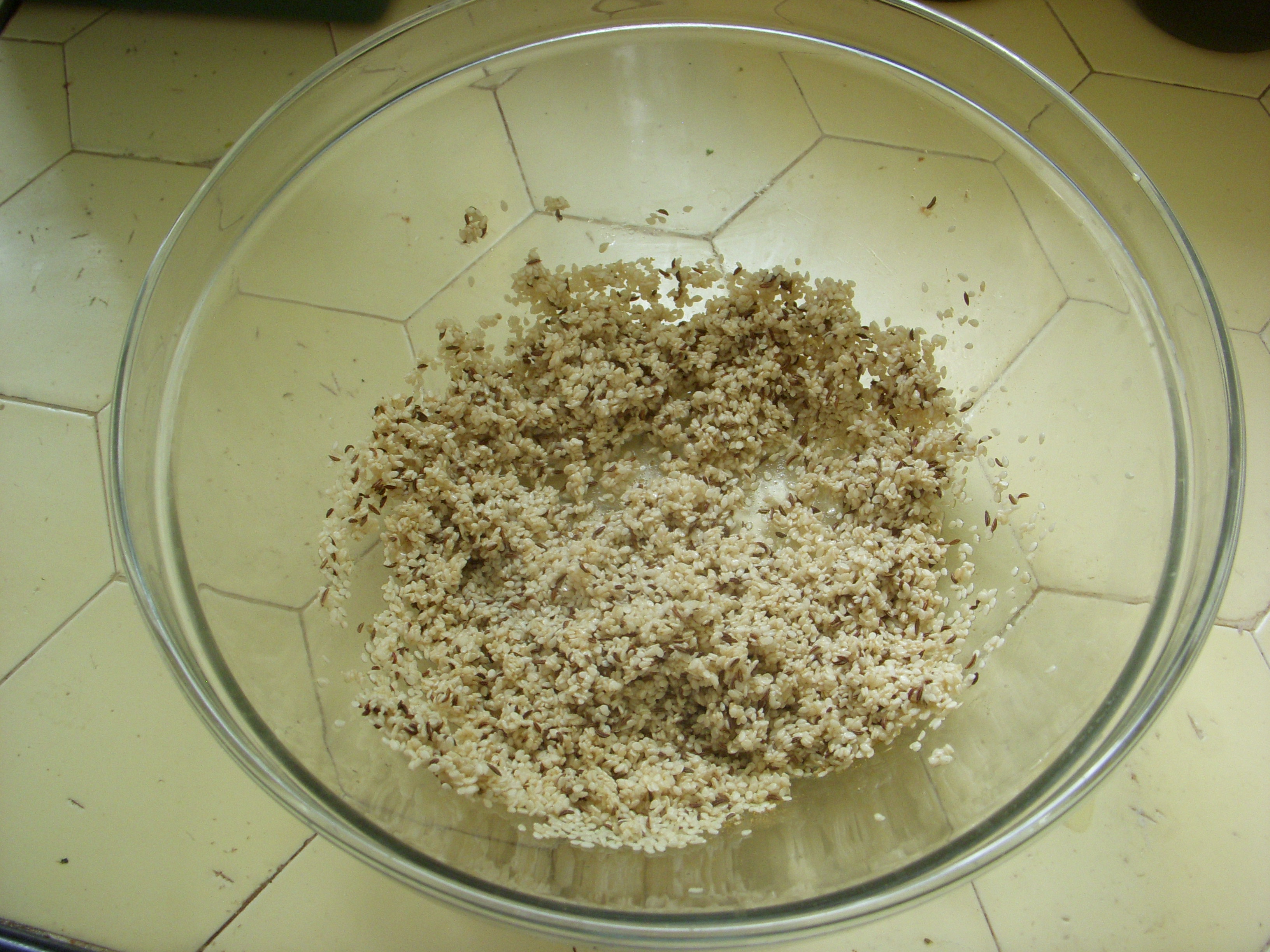
But overall, the recipe turned out pretty well and it’s definitely one I’d make again. The very, very slight fennel and cumin flavor and the faint sour note from so much yeast add some depth and body, and the soft, somewhat cakey texture make it perfect for toasting and sandwiches.
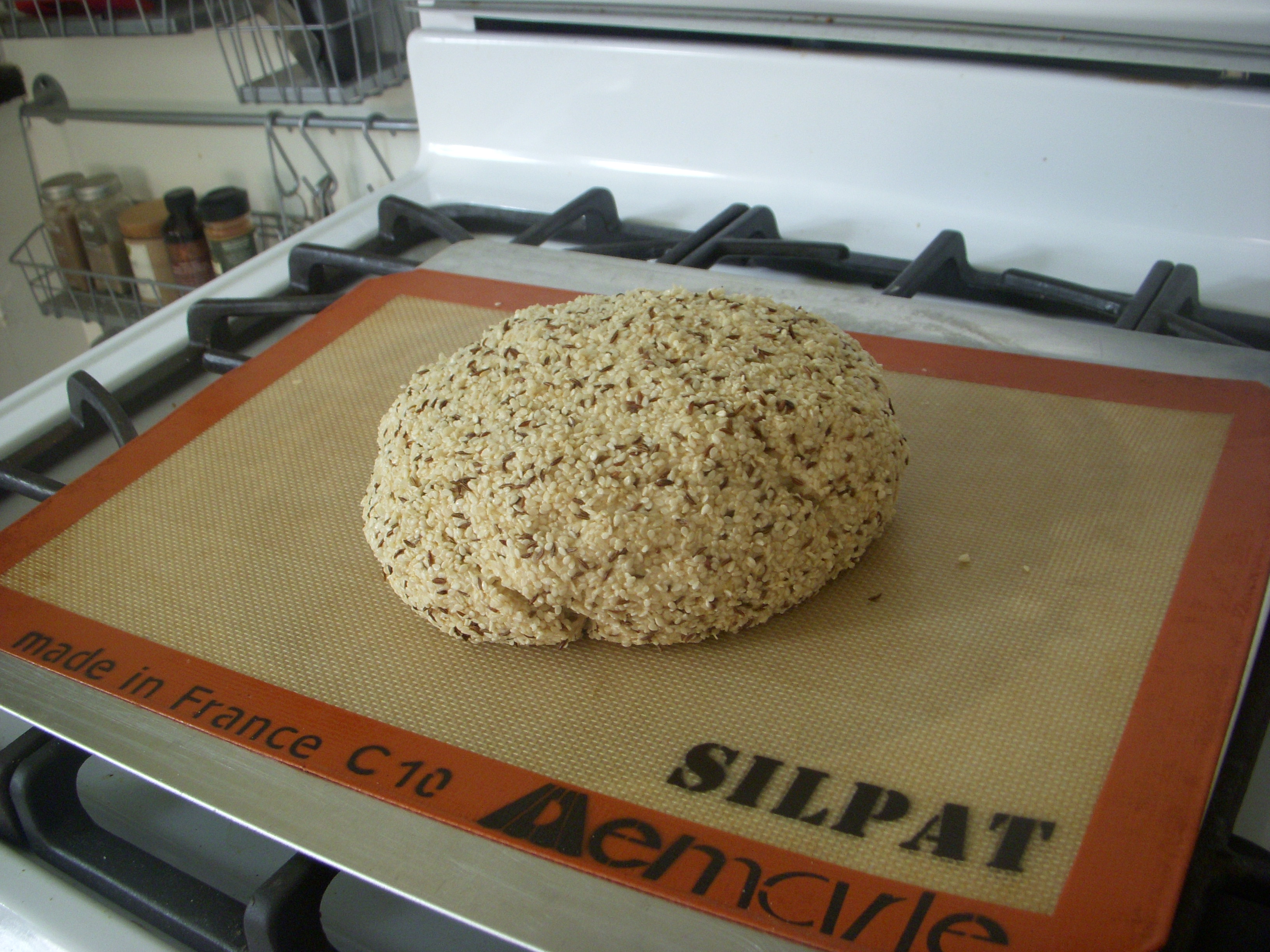
And, it’s darn pretty.
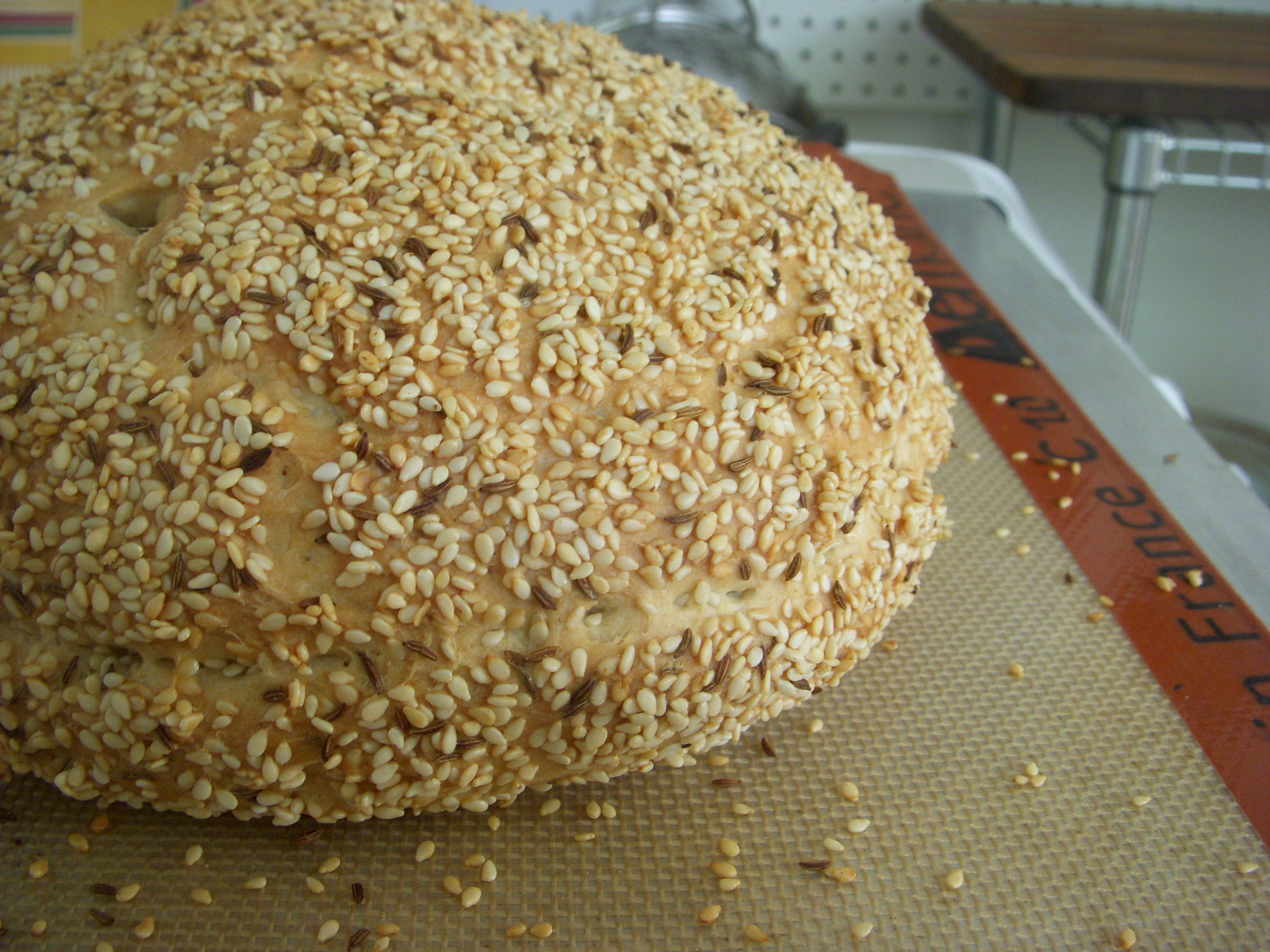
Koulouri-Cypriot village bread
Adapted slightly from 100 Great Breads by Paul Hollywood
- 1/2 tsp dried fennel seeds
- Scant 4 cups all-purpose flour
- 1 1/2 tsp. salt
- 3/4 oz instant yeast (3 packets)
- 1/4 cup olive oil
- 1 1/4 cups water
- 2 oz sesame seeds
- 1 Tbsp. caraway seeds
- 1/2 tsp. dried powdered cumin
Note: the seeds you use on the outside are pretty flexible, but the caraway and powdered cumin definitely give a great flavor!
– Grind the fennel seeds with a pestle and mortar or in a spice grinder.
– Put the flour, salt, yeast, olive oil, and water in a large bowl and whisk together. Make sure not to pour the yeast directly on top of the salt, since salt is not good for active yeast. Add the fennel powder and knead for 5 minutes, or use the dough hook on your stand mixer for about 3 minutes.
– Let dough stand in the bowl for at least 1 hour, until almost doubled in size.
– Mix the seeds and cumin in a large bowl and dampen with warm water – this helps the seeds release their flavor.
– Line a baking sheet with parchment or a silicone liner.
– Take the dough out of the bowl and shape into a ball, dusting your surface with flour as necessary. Coat the ball of dough with the seeds in the bowl. Place on baking sheet and let rise for another hour.
– Preheat oven to 425F. Use a sharp knife or razor to make a cut around the edge of the dough and to make two parallel cuts on top (these cuts are optional, but definitely add some interesting shape and variety to the bread).
– Bake the bread for 25-30 minutes, until golden brown and hollow-sounding when rapped on the bottom. Transfer to a wire rack to cool.

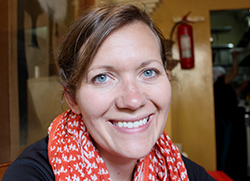









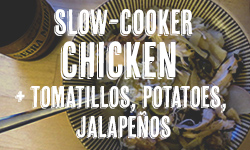
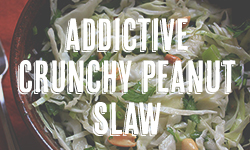
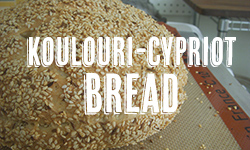
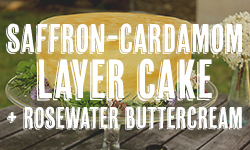
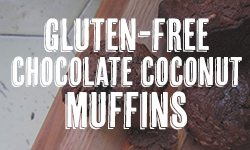
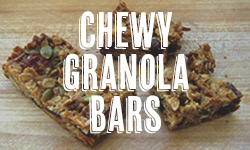
where does the cumin come into it
In the seed mixture that coats the loaf at the end. Updated the recipe – sorry about that!
Thanks for this! I’m from Cyprus and living in the UK. Bread here is driving me crazy. Was so used to this one I can’t eat their bread lol. So i decided to start making my own and ran into this recipe. 🙂
You said the note in the book said you can use fennel seeds instead of mastiha and mehlepi. What if I want to use mastiha and mehlepi? What are the amounts?
Thanks. 🙂 xx
Hi Angela – It’s 1/4 tsp. of each. Have fun!
Thank you! (Efharisto) 😉
Angela, this might sound corny but go to haringey in North london there is a Turkish bakers there you will get piping hot cypriot bread just like being back home in Cyprus!!! Ps I’m half Armenian and trust me if you go there you will love the bread enjoy 🙂
olá amei esse põ!
olha fiquei de agua n boca maravilha esse pão obrigada gostaria de receber novas receitas em meu e-mail.
beijos
obrigada amei a receita.
tudo de bom esse pão amei!!!! babeiiii